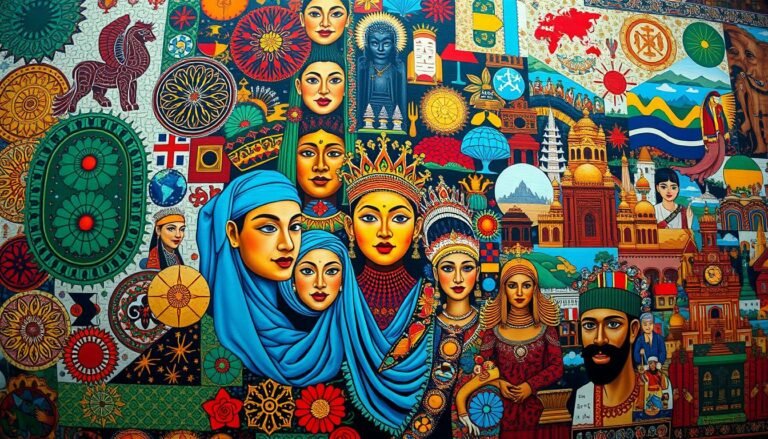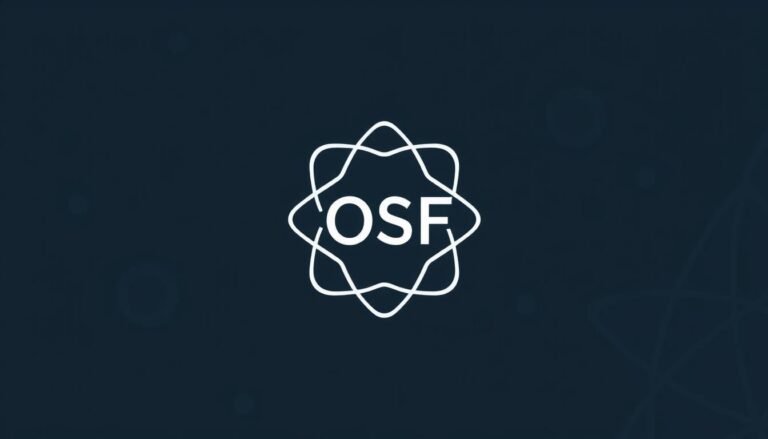
Introduction
In recent years, societal attitudes have undergone significant transformations, paving the way for remarkable progress in various areas, including gender equality and representation in leadership roles. As discussions surrounding the glass ceiling become more prominent, it becomes clear that the cultural shifts we are experiencing are not merely trends but essential movements that are reshaping the professional landscape. The phrase "Cultural Shifts: How Societal Attitudes Are Impacting the Glass Ceiling" speaks volumes about the interconnectedness of societal change and individual empowerment.
Consider this: as of 2021, women made up nearly 48% of the workforce in the United States, yet only about 30% held leadership positions. This stark contrast highlights the still-present barriers—often termed the glass ceiling—that women encounter in their professional journeys. However, a shift in cultural attitudes is not only breaking these barriers; it’s reshaping workplaces, altering leadership archetypes, and cultivating an environment where diverse talents can thrive, enriching both organizations and society.
This article delves deep into the nuances of how cultural shifts are breaking down societal attitudes that have historically upheld the glass ceiling. Through compelling case studies, insightful data, and a nuanced examination of evolving norms, we will explore the transformative impact of these shifts, offering actionable insights along the way.
Understanding the Glass Ceiling: A Brief Overview
The term "glass ceiling" refers to the invisible barriers that prevent underrepresented groups—most notably women and minorities—from advancing to higher leadership positions within organizations. Though the concept became widely recognized in the late 20th century, its implications are still resounding today.
Historical Context
To appreciate the current cultural shifts, let’s journey back to understand the origins of the glass ceiling. In the early 1970s, the feminist movement began to spotlight the inequalities faced by women in the workplace, from wage disparities to limited career advancement opportunities. Despite decades of advocacy, progress has been slow.
The Role of Societal Attitudes
Societal attitudes regarding gender roles have been pivotal in perpetuating or dismantling the glass ceiling. Traditionally, many organizations operated under the assumption that leadership was a masculine trait, one characterized by decisiveness and assertiveness—traits that were often gendered. However, current cultural shifts emphasize inclusivity, collaboration, and diversity—qualities seen as essential to modern leadership.
Key Cultural Shifts Influencing the Glass Ceiling
1. The Rise of Gender Equality Movements
Gone are the days when discussions about gender equality were limited to niche circles. Movements such as #MeToo have catalyzed widespread awareness around issues of sexual harassment and discrimination, empowering women and prompting organizations to take a serious look at their cultures.
Case Study: The #MeToo Movement
The #MeToo movement provides a cogent illustration of cultural shifts impacting the glass ceiling. Following its emergence in 2017, countless stories surfaced, shedding light on workplace harassment globally. Organizations began re-evaluating their policies, implementing training programs, and strengthening reporting mechanisms.
Analysis: The #MeToo movement has not only highlighted injustices but also cultivated an atmosphere that demands accountability and support, ultimately helping to dismantle the barriers of the glass ceiling.
2. Changing Perceptions of Leadership
Cultural shifts are redefining what it means to be a leader. The traditional mold of the authoritative figure is gradually giving way to a more nuanced understanding that values emotional intelligence, empathy, and inclusivity.
Data Point: Leadership Styles
According to a 2020 study by McKinsey, companies that promote diversity in leadership see a 33% increase in profitability. This underscores the shifting perception of leadership away from a homogeneous model towards one that embraces diverse perspectives.
Analysis: This shift in perception encourages companies to actively seek out diverse candidates, gradually breaking the glass ceiling.
3. The Influence of Social Media
Social media has become a powerful tool for advocacy and connection, offering platforms for individuals to share their experiences and mobilize support.
Case Study: Twitter and Women’s Leadership
Twitter campaigns like #WomenInLeadership have sprung up, encouraging women to share their leadership experiences and challenges. Organizations that engage with these conversations tend to be perceived as more progressive and open to change.
Analysis: By amplifying voices and fostering community, social media contributes to cultural shifts that empower women and inspire organizations to reevaluate their internal structures.
4. The Demand for Workplace Flexibility
The COVID-19 pandemic has accelerated the adoption of remote work, prompting a reimagining of what work-life balance looks like.
Data Point: Flexibility and Equality
A report by FlexJobs revealed that 58% of women stated they would be more willing to pursue leadership roles if flexible work options were available.
Analysis: As companies embrace more flexible working arrangements, they can break down the glass ceiling by enabling women to take on leadership roles without sacrificing personal or family commitments.
5. Educational Attainment and Personal Development
Increased access to education has empowered women more than ever before. Programs designed to bolster leadership skills, such as mentorship and sponsorship initiatives, are increasingly common.
Case Study: Women’s Leadership Programs
Organizations like Lean In and Catalyst actively promote women’s leadership through training and networking opportunities. They have helped thousands of women hone their skills and take on leadership roles.
Analysis: By equipping women with the skills and confidence needed to ascend the corporate ladder, these programs serve as a vital force in shattering the glass ceiling.
The Intersectionality Factor: Embracing Diversity
A pivotal aspect of cultural shifts is the recognition that gender equality cannot be addressed in isolation. Intersectionality—how different aspects of identity intersect and shape experiences—has become integral to the discussion around the glass ceiling.
Understanding Intersectionality
Women of color, LGBTQ+ individuals, and those from lower socioeconomic backgrounds face compounded challenges in their professional journeys. Addressing these intersecting identities is crucial for fostering true equality in the workplace.
Case Study: Diversity and Inclusion Initiatives
Companies like Salesforce have implemented comprehensive diversity and inclusion programs aimed at understanding and addressing the unique challenges faced by underrepresented groups. Their commitment not only enhances workplace culture but also has tangible impacts on performance and employee satisfaction.
Analysis: By recognizing and addressing the unique barriers that diverse groups face, organizations can create equitable opportunities, thus further breaking the glass ceiling.
Conclusion
Cultural shifts are transforming societal attitudes and redefining the professional landscape. As we have explored, these shifts are not merely trends; they are reconfiguring the way we consider leadership, inclusivity, and workplace dynamics. The collective momentum building around gender equality, flexible work, and diversity creates powerful opportunities for individuals and organizations alike.
While the journey is far from over, these cultural shifts illuminate a path forward. Organizations must commit to recognizing and addressing the remaining barriers to equality. By doing so, they not only enhance their own cultures but contribute to a more equitable society.
Key Takeaway
To effectively dismantle the glass ceiling, we must continue to advocate for inclusivity, acknowledge intersectionality, and innovate workplace structures. As societal attitudes evolve, the glass ceiling can become a relic of the past, paving the way for a new era of empowered leaders.
FAQs
1. What exactly is the glass ceiling?
The glass ceiling refers to invisible barriers that prevent marginalized groups, especially women, from advancing to higher-level positions in organizations.
2. How do societal attitudes influence the glass ceiling?
Cultural shifts in attitudes regarding gender roles and leadership ideals shape organizational policies and practices, either reinforcing or dismantling the glass ceiling.
3. What role does education play in breaking the glass ceiling?
Access to education empowers women with the necessary skills and confidence to pursue leadership roles, thus helping to shatter the glass ceiling.
4. Can social media affect societal attitudes regarding gender equality?
Yes, social media serves as a platform for advocacy and community building, helping to raise awareness and mobilize support for gender equality issues.
5. What steps can organizations take to address the glass ceiling?
Organizations can implement diversity and inclusion initiatives, create flexible work policies, and foster mentorship programs to promote equal opportunities for all employees.
Through this exploration of Cultural Shifts: How Societal Attitudes Are Impacting the Glass Ceiling, it’s clear that meaningful change is possible, driven by a collective desire for equality and empowerment.

















